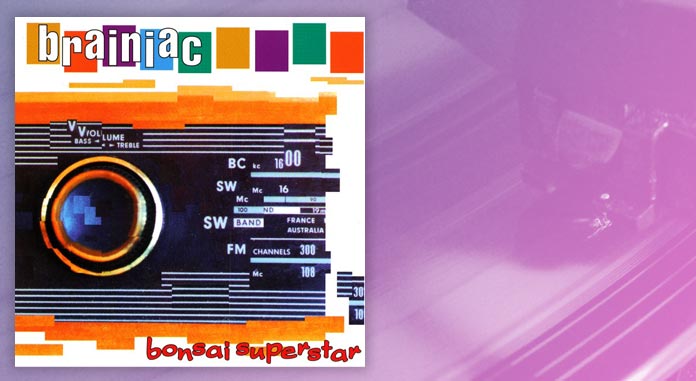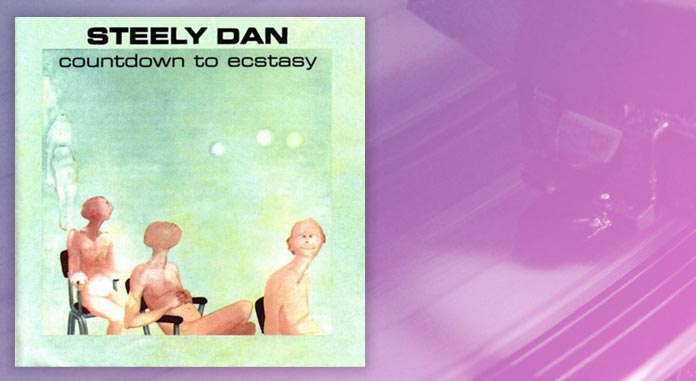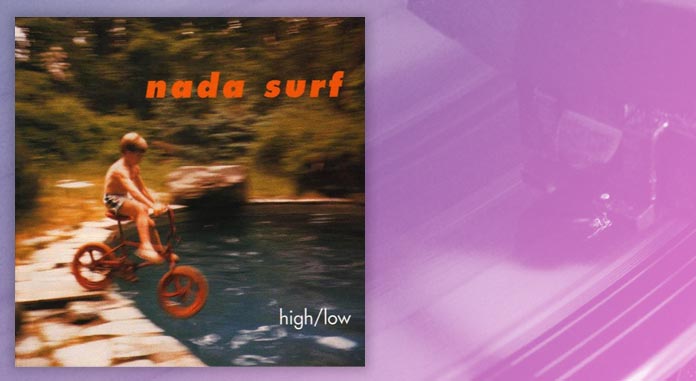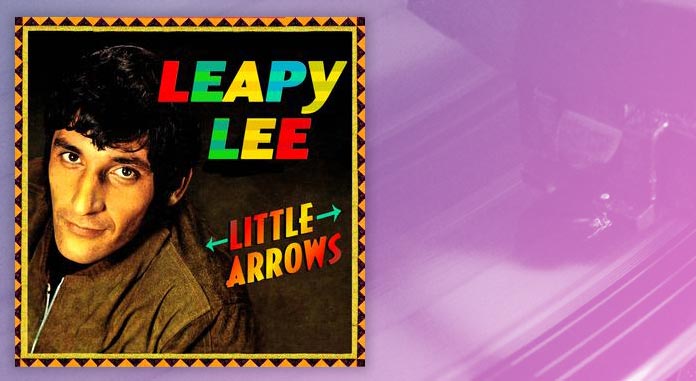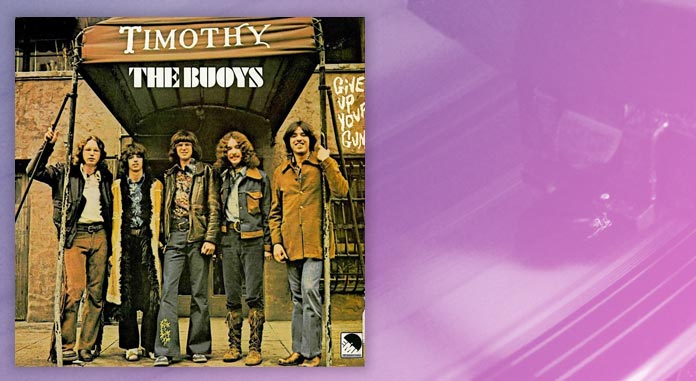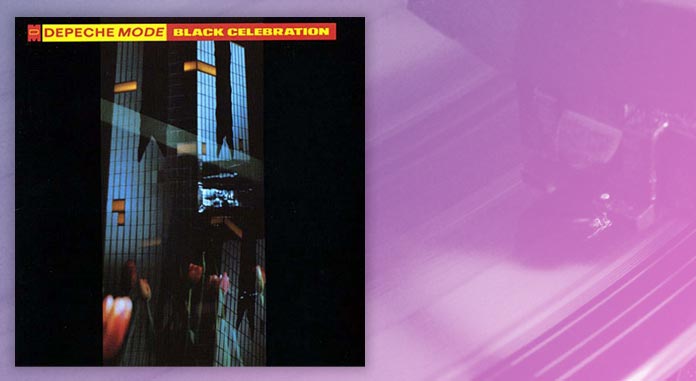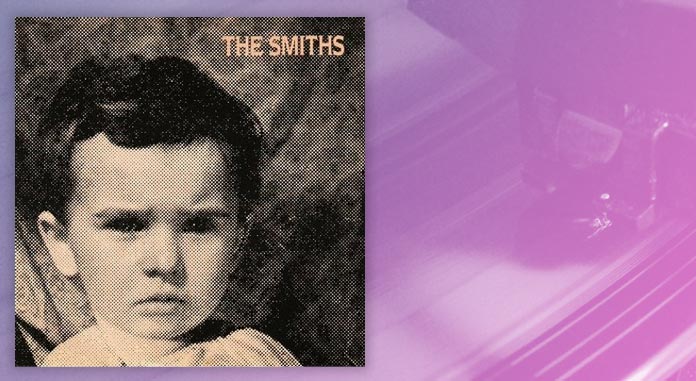Waxing Nostalgic: Braniac, “Fucking with the Altimeter”
Published on February 21st, 2014 in: Music, Waxing Nostalgic |I spent a lot of time in Ohio as a kid. I’m sure there are people who really love that place and there is nowhere else they would rather be. Cool. I’m not one of those people. Even hanging out in Cincinnati like I did, most of the time there was just nothing to do.
Ohio comes in three dehumanizing flavors: generically urban, run-down industrial, or flatland farming. Any of those situations can seem oppressive, and that kind of oppression is enough to make a creative person yearn to break out and do the craziest shit possible to get their ideas out there into the Universe. To get noticed. To get the hell out of Ohio.
The band Brainiac, formed in Dayton, Ohio, certainly felt the backhand of the heartland. In an interview given in 1997, lead vocalist Tim Taylor said, “It might give you the illusion that there’s a happening scene, but there’s not at all. As of right now, there’s not even a record store where you can buy our records in town. You have to go to Columbus to buy a Brainiac record, it’s ridiculous.”
Waxing Nostalgic: Steely Dan, “My Old School”
Published on February 7th, 2014 in: Music, Waxing Nostalgic |Seventies band Steely Dan has long been relegated to the dark cellars of soft rock FM stations, buried in long blocks of classic songs you can sing along to at work, brought to you by some weight loss clinic on the other side of town. It’s an unfair sentence for a band that combined rock and roll with jazz riffs and topped the charts doing it.
Waxing Nostalgic: Nada Surf, “The Plan”
Published on January 31st, 2014 in: Music, Waxing Nostalgic |Music in the Nineties wore its heart on its flannel sleeve. Once you got past how things smelled or how evenly they flowed, Nineties rock was a veritable LiveJournal of emotions. There were earnest, honest lyrics depicting difficult emotional situations, sometimes couched in the friendliest of music, sometimes buried under layers of compression and distortion.
Nada Surf had a bit of a different sound. The guitars were fuzzy and discordant, but singer Matthew Caws’s vocals were clean and clear; no Cobain mumble, no Cornell voicerobatics. When he poured out his angst, it was inescapable because it was right there. You could almost envision him in front of you, two shots into a bottle, hand shaking with frustration while his voice never quavered.
Waxing Nostalgic: Leapy Lee, “Little Arrows”
Published on January 24th, 2014 in: Music, Waxing Nostalgic |I should probably hold on to this one for Valentine’s Day. That would be the intelligent thing to do. It would be easy click bait. But I, as a Professional Music Journalist, have a responsibility to my readers, and I am here to issue you a warning. I am being very serious.
Cupid is a raving psychotic bastard who wants to kill you.
Leapy Lee says so.
Who is Leapy Lee? He may very well be your savior.
Waxing Nostalgic: The Buoys, “Timothy”
Published on January 17th, 2014 in: Music, Waxing Nostalgic |Lots of bands hope to write that song, the song, the big hit that will make them household names and mansion money. It’s not as easy at sounds. Public tastes change quickly. That Calypso epic you came up with at four in the morning may not be the chart-topper you think it should be. It’s hard to make it in the music business, to be sure.
Rupert Holmes of The Buoys decided the best way to get his band the attention they desired was to write a song so controversial, it would get banned. Negative attention is still attention, and there’s no such thing as bad PR.
Waxing Nostalgic: Joe Jackson, “Real Men”
Published on January 10th, 2014 in: Music, Waxing Nostalgic |Before the term “body modification” entered our vernacular, getting your ear pierced was a huge deal, if you were male. There were strange superstitions surrounding the process. If you got your left ear pierced, you were gay. A right ear piercing meant you were still straight. Get both ears pierced and you were Adam Ant.
You know, I may have all that wrong. These were unwritten rules, vague and probably regional.
Waxing Nostalgic: Frankie Goes to Hollywood, “The Power of Love”
Published on December 18th, 2013 in: Music, Waxing Nostalgic |You know what kind of world we used to live in, kids? During the summer of 1984, the number one song in the world was about the importance of doing Kegel exercises. Now we have Carrie Underwood starring in The Sound of Music. We just get blander and blander. Miley and Gaga run around topless or in some kind of meat suit, and who cares? We’ve all seen boobs and steak.
It’s not edgy; it’s stupid.
But Frankie Goes to Hollywood? That was some ballsy music. It may not seem so now, with your jaded ears filled with the wax of cynicism and Wilco, but Frankie pushed everything to the limit. Their marketing plan was a finely planned mixture of saturation and nonsense. T-shirts and buttons appeared in shopping malls like alien spores with messages like, “Arm the Unemployed!” and “War! Hide Yourself!” Their videos played on MTV all the time and honestly, they weren’t that good. The original video for “Relax” simply features the band in a warehouse with a laser beam. “Thriller,” it ain’t.
Waxing Nostalgic Connecting The Dots: Depeche Mode, “Black Celebration”
Published on December 4th, 2013 in: Music, Waxing Nostalgic |The doom and gloom of Eighties music, which arguably began with the appearance of The Smiths (see last week’s article), stayed relegated to the underground for most of the decade. Bands like Bauhaus and The Damned morosely swayed around the borders of the Alternative Nation, not gaining widespread recognition in America until much later. Depeche Mode, a four-piece band from Essex, managed what seemed at the time to be impossible; not only did they gain the respect of the Goths and Gloomers of the time, they also achieved mainstream success through the heavy rotation of their music videos. The reason for this was simple.
They were pretty.
Waxing Nostalgic Connecting the Dots: The Smiths, “That Joke Isn’t Funny Anymore”
Published on November 27th, 2013 in: Music, Waxing Nostalgic |The Eighties came down like a back alley pummeling. When you’re young and impressionable, looking desperately for things to believe in, you can get caught in a strange whirlpool. Music, movies, and books all swoop down in a tsunami of ideas and perspectives, some totally new, some reinforcing things you already thought. Sometimes, these things simply served to enhance emotions you didn’t know how to express properly, and you find yourself identifying with people and situations you’ve never actually encountered or experienced. There’s a strange ability you have as a teenager to cut through the pretense and the art and find the base emotion, and you inhale it, and it’s like a medicine. It plugs in and builds a bridge between synapses, neuron pathways, and it burns down like acid blood, to a sub-atomic level and you absorb it. It becomes you. You become it.
“Park the car by the side of the road. You should know time’s tide will smother you. And I will, too.”
Waxing Nostalgic Connecting the Dots: Steve Taylor/Chagall Guevara
Published on November 20th, 2013 in: Music, Waxing Nostalgic |It’s 1983. I’m in one of my phases of really trying to give Christianity an honest go. I’m in a high school auditorium with hundreds of other Christian youth, watching a band called Petra. I will eventually see this band three times. Petra knows all the tricks. Founder and guitarist Bob Hartman has all the pedals and a basic understanding of the hammer-on technique. Their singer has a four-octave range. He wears a shimmering jump suit. His hair is long and blonde. The amplifiers wobble slightly from the force of volume. Dry ice fog drifts across the stage. Lights blind the audience.
This sucks. It is like a Journey tribute band without the lovin’, touchin’, and squeezin’. The show ends with an altar call. The altar call ends with a reminder that the merch tables will be open for another half hour. Something smells wrong here.
There’s an earnest desperation about mainstream Christian rock. Stylewise, it remains about ten years behind its secular counterpart. If it sounds like Train or Tal Bachman but it’s not, it’s probably a Christian rock song. It wants to be a viable alternative to secular rock. It wants to be uplifting and comforting. By doing so, it becomes bland and ineffective.
There was, however, this one guy . . .
